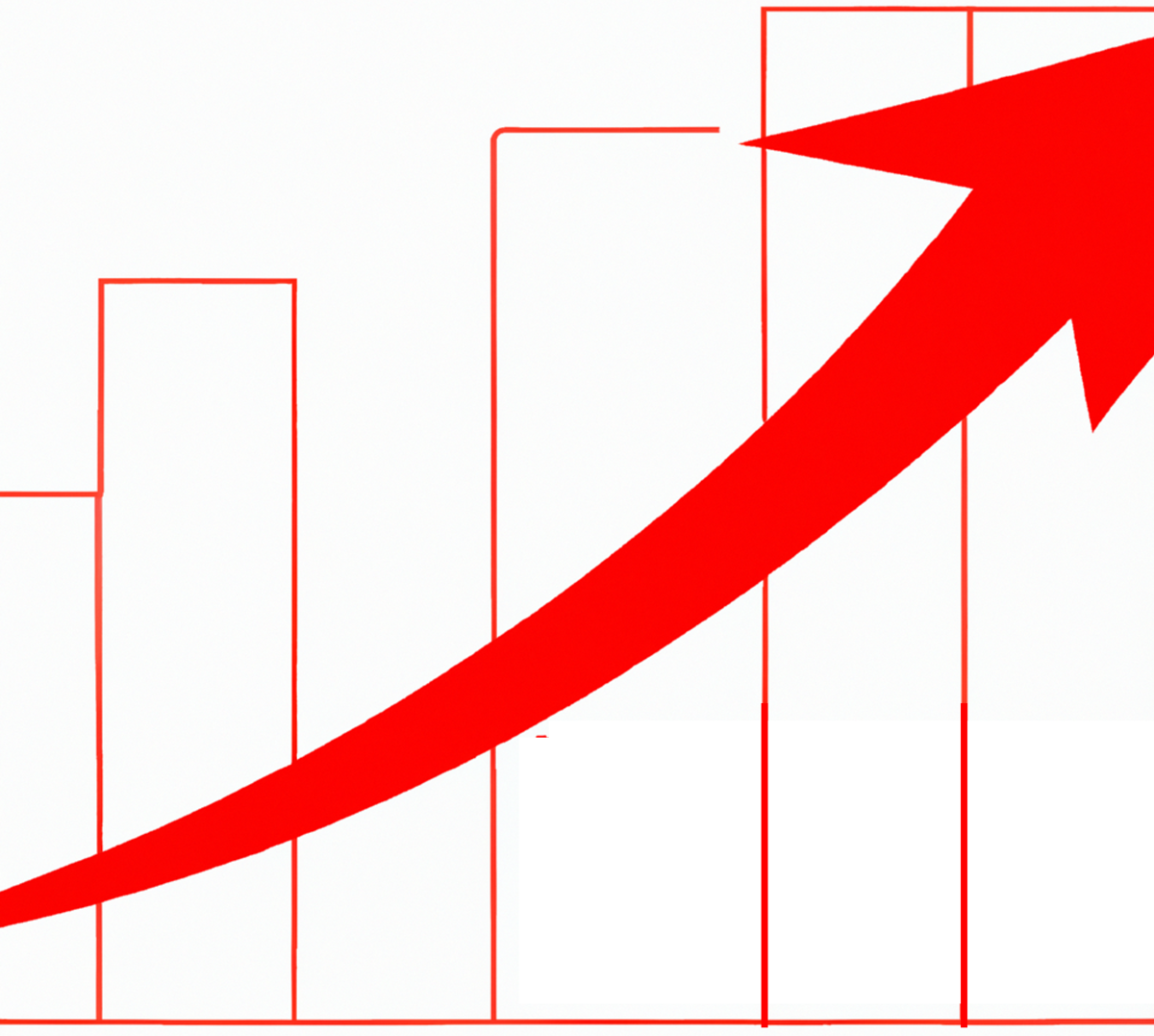How Data-Driven PR Can Help You Improve Your Campaigns
Blog Post
Data-driven PR is the use of data to inform and improve all aspects of a PR campaign. This includes everything from research and planning to execution and measurement. By using data, PR professionals can make better decisions about who to target, what messages to use, and where to place their content.
Benefits of data-driven PR
There are many benefits to using data-driven PR. Some of the most common benefits include:
- Increased brand awareness
- Increased website traffic
- Increased lead generation
- Increased sales
- Improved customer satisfaction
- Enhanced reputation
How to collect data for your PR campaigns
There are a number of ways to collect data for your PR campaigns. Some of the most common methods include:
Social media analytics
Social media analytics can provide you with insights into your target audiences, such as their interests, demographics, and online behavior.
Web analytics
Web analytics can provide you with insights into your website traffic, such as where your visitors are coming from, what pages they are visiting, and how long they are staying on your site.
Surveys
Surveys can provide you with direct feedback from your target audiences.
Interviews
Interviews can provide you with in-depth insights from your target audiences.
Media monitoring:
Media monitoring can help you track the coverage of your brand in the media.
How to analyze data to improve your PR campaigns
Once you have collected data, you need to analyze it. This will help you identify trends and patterns, so that you can make better decisions about your PR campaigns. Some of the most common ways to analyze data include:
Data visualization:
Data visualization can help you to see the data in a way that is easy to understand.
Statistical analysis:
Statistical analysis can help you to identify trends and patterns in the data.
Machine learning:
Machine learning can help you to identify patterns in the data that you may not be able to see on your own.
Here are a few examples of successful data-driven PR campaigns:
Nike: Nike used data to target its PR campaigns to specific demographics. For example, the company targeted its "Just Do It" campaign to women by running ads on websites and social media platforms that were popular with female athletes.
Starbucks: Starbucks used data to track the performance of its PR campaigns and make adjustments as needed. For example, the company found that its "Share a Cup of Kindness" campaign was more effective when it was targeted to millennials.
Coca-Cola: Coca-Cola used data to measure the success of its PR campaigns and track the ROI. For example, the company found that its "Share a Coke" campaign resulted in a 20% increase in sales.
The future of data-driven PR
The future of data-driven PR is bright. As technology continues to evolve, PR professionals will have access to even more data that they can use to improve their campaigns. This will make it easier for brands to reach their target audiences, cut through the noise, and achieve their PR goals.
How you can get started with data-driven PR
If you're interested in getting started with data-driven PR, here are a few things you can do:
Set goals
The first step is to set goals for your PR campaigns. What do you want to achieve with your campaigns? Do you want to increase brand awareness, generate leads, or drive sales?
Identify your target audiences
Once you know what you want to achieve, you need to identify your target audiences. Who are you trying to reach with your PR campaigns?
Collect data
The next step is to collect data about your target audiences. This data can help you understand their needs and interests, so that you can develop messages that resonate with them.
Analyze data
Once you have collected data, you need to analyze it. This will help you identify trends and patterns, so that you can make better decisions about your PR campaigns.
Take action
The final step is to take action based on the data you have collected and analyzed. This means making changes to your PR campaigns as needed, so that you can achieve your goals.
Data-driven PR is a powerful tool that can help you improve your PR campaigns. By following these steps, you can get started with data-driven PR and see the results for yourself.



